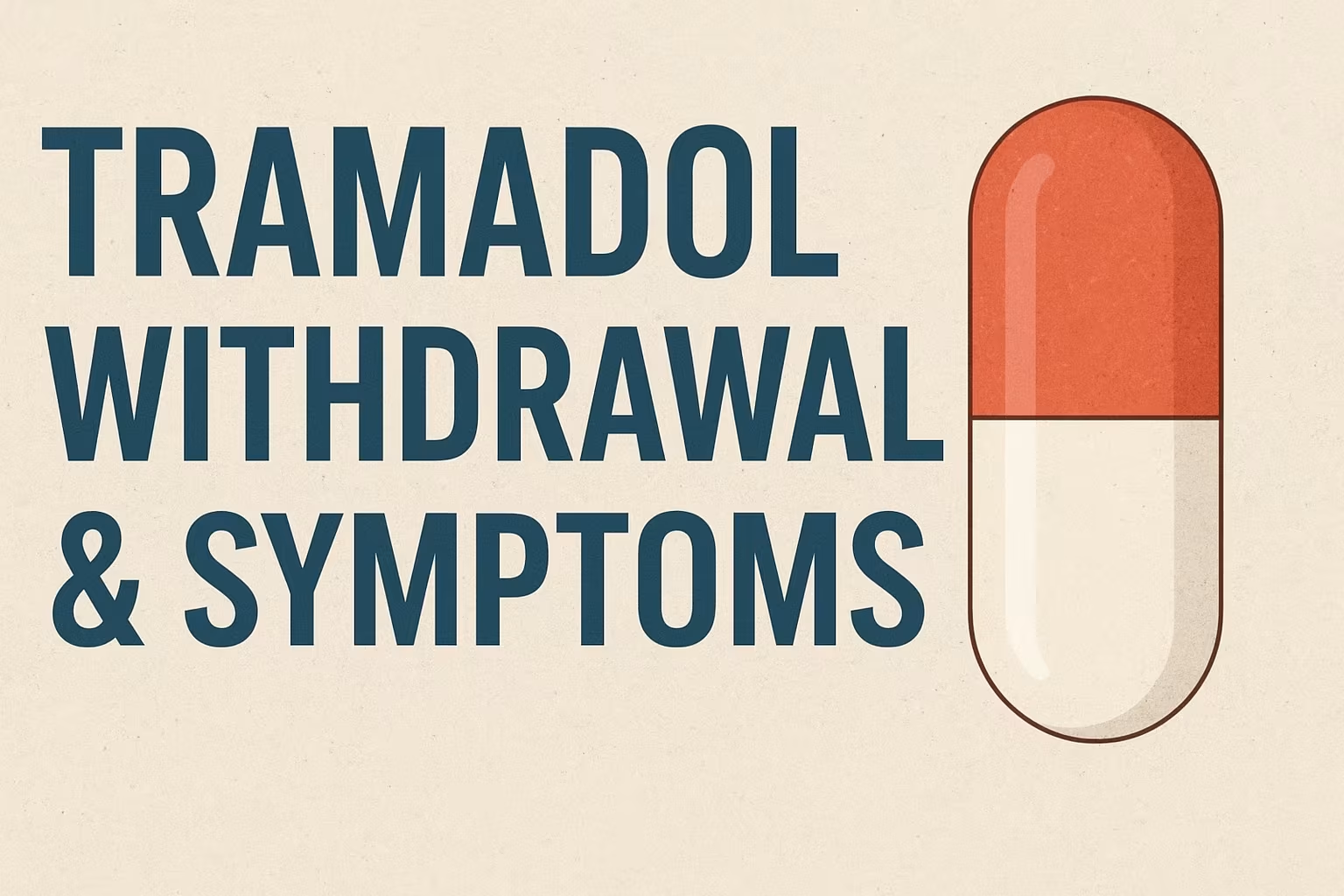
- Sleep Easy, Live Better – Shop UK’s No.1 Sleep Aid Store!
In the pain management world, tramadol is considered to be one of the medium-strength opioids, even considered safer than the stronger ones. However, things are a little different in case of tramadol withdrawal. When you need to quit tramadol after days, weeks, or months of use, you understand that it is not only about fighting pain once again. It is about what happen to your body and mind when a strong aid gets off the scene.
Table of Contents
ToggleTramadol functions by attaching itself to the opioidal receptors of the brain and elevating brain neurotransmitters such as serotonin and norepinephrine. Gradually, your body becomes accustomed to the presence of the chemical influence of tramadol in the body. When you quit, your system is forced to adjust itself- this is the point when tramadol withdrawal sets in. Even those who tried to obey the prescriptions of the doctor found themselves rebelled against by their bodies when tramadol is not available.
Withdrawal differs from individual to individual–it may be mild or severe. Classic symptoms tend to resemble those of other opioids. Usually come on within a few hours to a few days of quitting:
Flu-like illness:You will likely experience the shivers, sweats, runny nose, and aches.
Stomach upset: Nausea, vomiting, diarrhea and belly cramps arise.
Loss of sleep and uneasiness: Waking up, turning around and sore legs or fidgeting legs are common.
Fatigue and weak body: The diminished effect of tramadol on pains will leave ones with a feeling that ordinary aches become magnified.
If you wanna know tramadol interactions, you can look here.
Unlike most opioids, tramadol combines with chemicals in the brain that affect mood, which means that it is more likely to lead to mental complaints during the withdrawal process:
Adrenaline, anxiety and panic attacks: There may be a feeling of nervousness either new or increased in severity.
Depression: Depression may set in, including sadness, hopelessness, and loss of motivation–more severe, at times, than a painful ankle.
Moodiness: It is not unusual to feel unstable emotionally, irritable or even delirious.
Other individuals complain of severe, vivid nightmares or even hallucinations or even paranoia. These do not occur very often–but they show how potent a medicine tramadol can be on the mind.
You cannot get withdrawal at high doses only. Any patient taking tramadol on a regular basis more than a few weeks is vulnerable. Things that enhance the symptoms are:
increased and prolonged use
Combining tramadol with other narcotics, antidepressants or anti-anxiety medicines
Suddenly quitting or putting a sudden stop or getting a sudden stop or cold turkey rather than phasing off
History of medicines withdrawal (alcohol, benzodiazepines, opioids)
You can also order tramadol from here.
The onset of withdrawal after trimadol is 6-24 h and the peak of withdrawal occurs in 2-3 days and withdrawal can last up to a week in a majority of individuals. The psychological symptoms, such as anxiety, low mood may endure weeks after the physical storm has ended. In other people, it might take months to regain normalcy to sleep and emotional well-being.
There is Life After Tramadol
Tramadol detox is not easy–but being prepared helps you take control. Plan ahead and prepare support, and also keep in mind: withdrawal is a normal part of the healing process in which brain is recuperating and recalibrating. You will find yourself on the other side of this, with care and concern. Often a newfound strength, greater knowledge and the power of belief in yourself.
You can visit sleeptabletuk for tramadol buy online.


Welcome to SleepTabletUK -your trusted online pharmacy serving the UK, USA, and Australia. We specialize in a wide range of high-quality medications and healthcare products designed to meet your wellness needs.